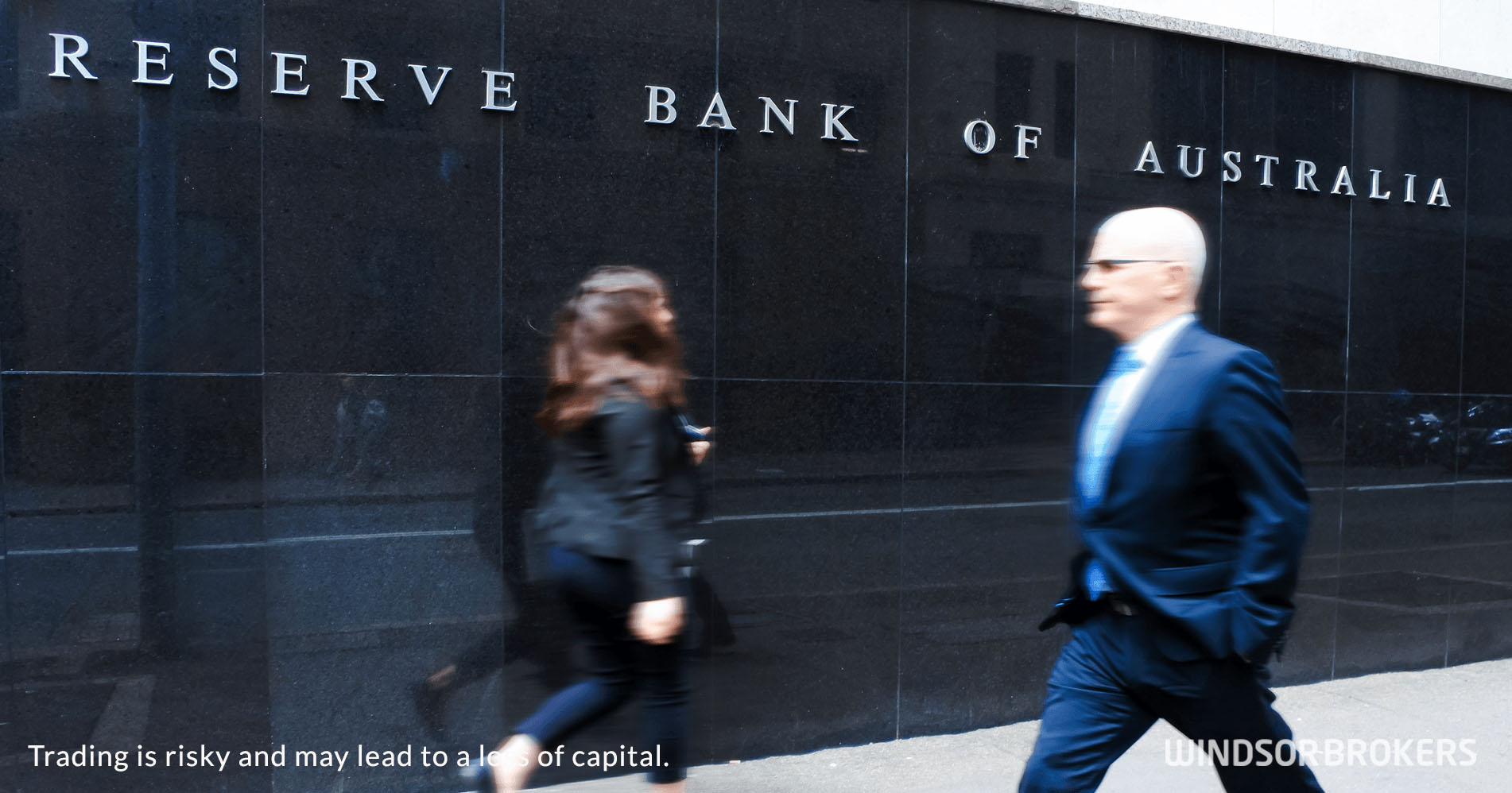Reserve Bank of Australia left interest rates unchanged in December
The Reserve Bank of Australia has decided to keep interest rates steady at its December policy meeting, maintaining the cash rate at a 12-year high of 4.35%.
This decision was in line with market expectations, allowing the central bank more time to assess the impact of previous rate hikes on the economy.
RBA Governor Michele Bullock emphasized the need to evaluate the effects of interest rate increases on demand, inflation, and the labor market. The statement also maintained a cautious and data-dependent approach, indicating that further rate hikes would depend on evolving economic conditions and risk assessments.
The decision provided relief to mortgage holders, given the recent increases in monthly payments amid a higher cost of living.
While some economists interpreted the statement as less hawkish than previous ones, Governor Bullock has maintained a hawkish stance in recent public comments.
She highlighted that inflation is being driven by domestic demand, signaling the need for a substantial response from interest rates.
Economists are observing the RBA’s data-dependent approach and anticipate the release of the Q4 inflation report in late January for further insights.
The central bank’s next meeting is scheduled for February 6, and market participants remain cautious about the possibility of future rate hikes.
Governor Bullock’s expectation that inflation will return to the bank’s target range of 2% to 3% by late 2025 adds to the overall context of the RBA’s monetary policy considerations.


